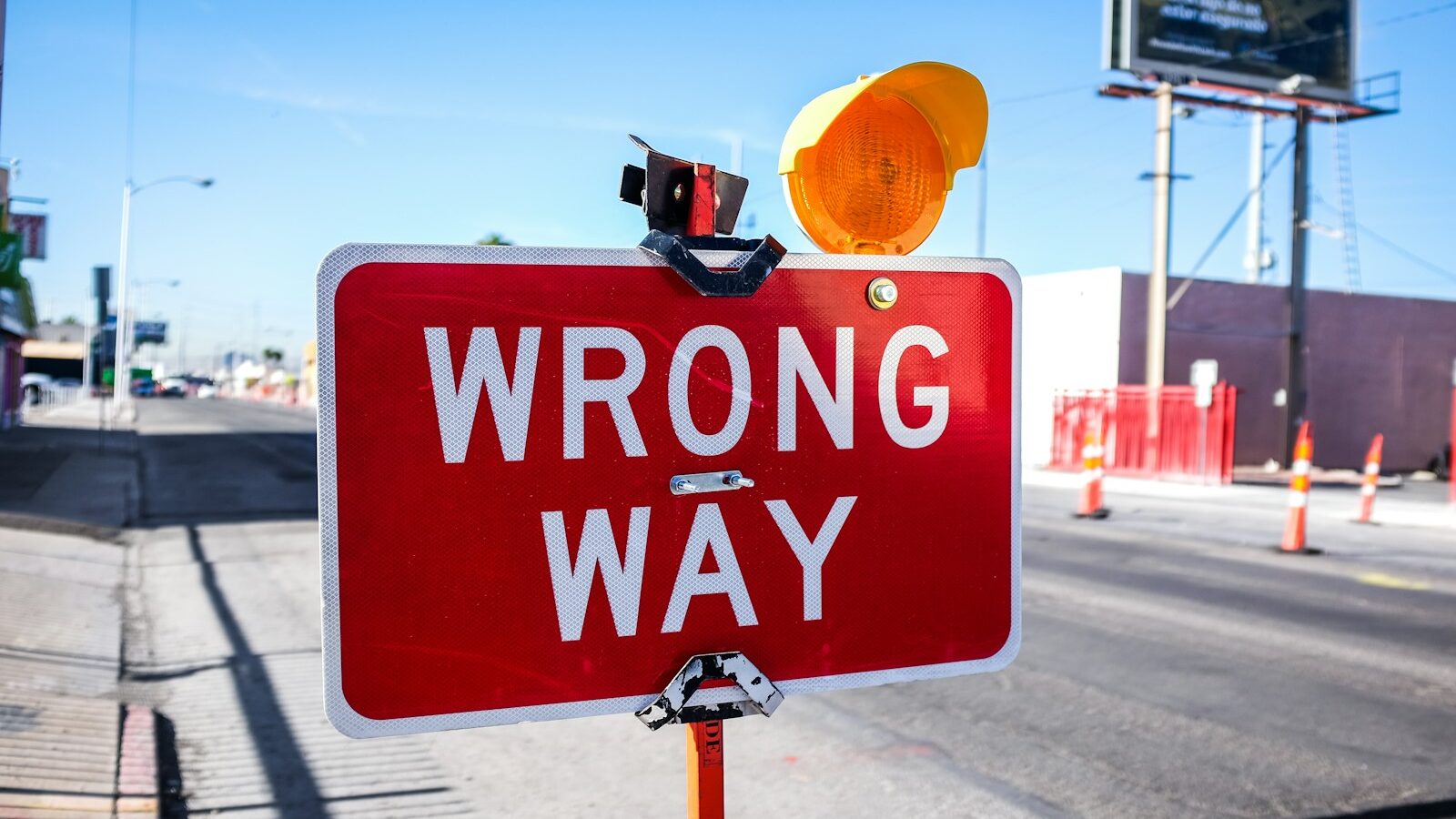The idea that ‘life isn’t fair’ is almost universal.
Leaders and policy-makers often have to make tough decisions about how resources are allocated, meaning they have to draw a distinction between deserving and undeserving individuals. The problem is that a person’s deservingness depends on many factors, some of which will always go unobserved. So, leaders often have to rely on imperfect indicators to create the most complete picture possible.
This means confronting the uncomfortable truth that some individuals will get more than they deserve (false positives) and others will get less than they deserve (false negatives). These conundrums are called ‘second-best situations’ in a study from NHH Norwegian School of Economics.
Professor Alexander W. Cappelen and Professor Bertil Tungodden from the FAIR Centre for Experimental Research on Fairness, Inequality and Rationality at NHH point to unemployment benefits as an example.
Compensation is typically made available to those who are involuntarily out of work. Certain requirements are imposed on recipients to ensure they are eligible to receive this assistance. If the restrictions are too tight, some deserving people may fail to meet them; if they are too lax, some undeserving people may satisfy them.
During the coronavirus pandemic, the US government extended unemployment benefits to include many groups which were previously ineligible, such as self-employed people and gig workers. At first, applicants were allowed to attest their own eligibility.
On one hand, these measures allowed the government to quickly help people in need. On the other, it led to nearly 90 billion USD – around 10 percent of the total unemployment benefits paid out during the pandemic – lining the pockets of undeserving claimants who exploited the system.
Cappelen and Tungodden, along with Professor Cornelius Cappelen from the University of Bergen, conducted a large-scale experimental study to reveal how people trade off false positives against false negatives when deciding whether a worker is entitled to compensation.
They draw on a sample of 26,500 participants from the general populations of the US and Norway, two countries which represent extremes among the OECD countries with respect to income inequality.
Norway is characterised by a much more compressed income distribution and greater income mobility than the US. The two countries also differ dramatically with respect to redistributive policies. Norway has a significantly higher tax level and a more generous welfare state.
In the main experiment, participants acted as third-party spectators and were asked to decide whether to pay a worker who has filed a claim for compensation. Only workers who were not offered work were entitled to the assistance. Participants were randomly assigned different information affecting the probability that the worker had filed a false claim.
The researchers find that most people are more concerned with avoiding false negatives than false positives, regardless of whether they are from the US or Norway. However, whichever outcome they prioritise, most people have a very strong preference, the study shows.
Furthermore, despite most people being less in favour of false negatives in both countries, this attitude is even more prevalent in Norway. A larger share of people in the US felt more opposed to granting some individuals more than they deserve.
Which way participants leaned was also linked to their political affiliation and the types of policies they supported, the researchers find. Right-wing people are significantly more likely to be false positive averse than non-right-wing people, whereas spectators who decided to pay in the experiments were far more likely to be supportive of redistributive policies.
Deciding how to design optimal policies to deal with second-best situations is an important responsibility for leaders in both the public and private sectors. Senior managers at companies should self-reflect to discover which situation they wish to prioritise avoiding and be able to set their views in the context of the majority of their employees’ beliefs.




